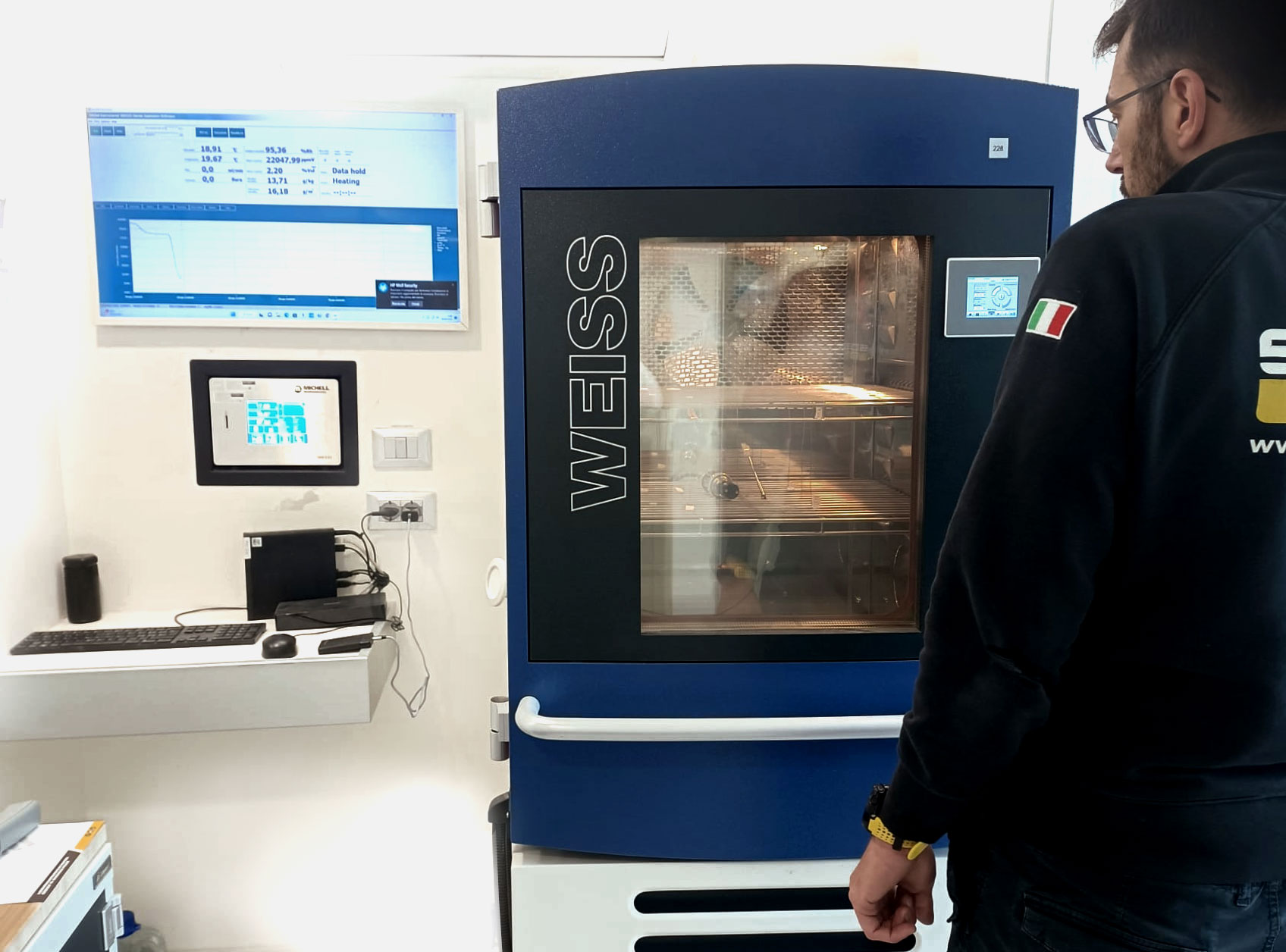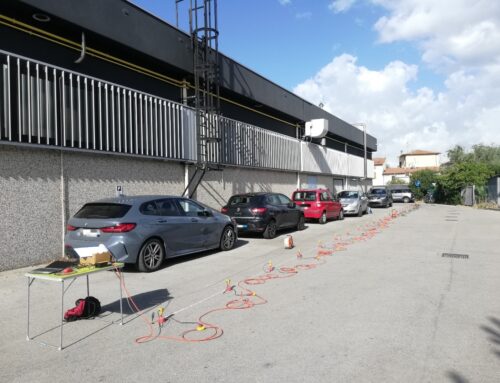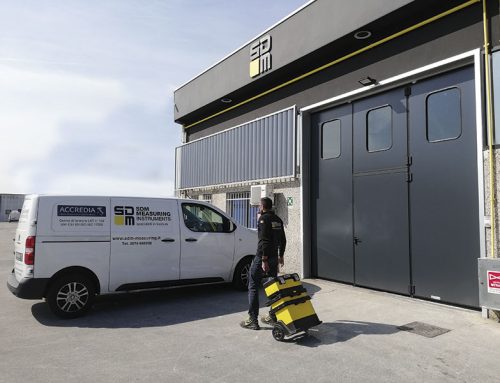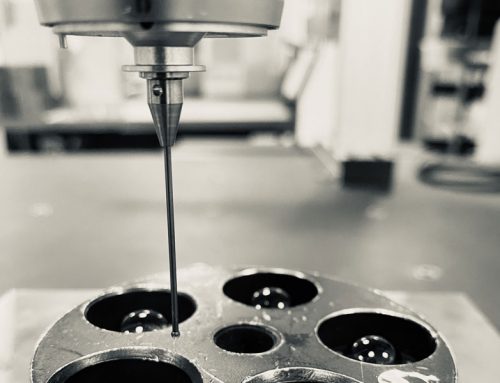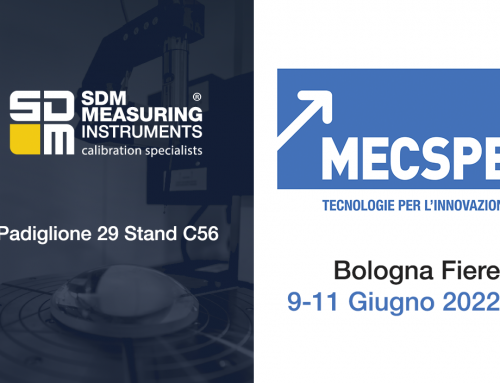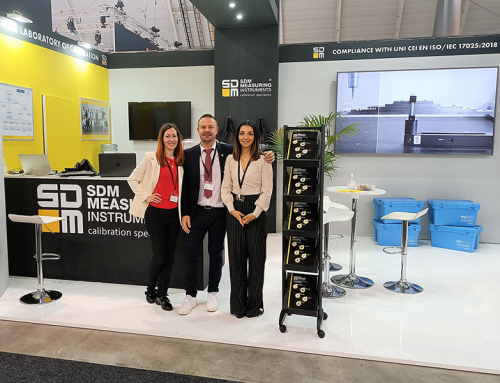New Accreditation in the Fields of Relative Humidity, Dew Temperature, and Air Temperature
Our calibration lab has received a new recognition by the Italian Accreditation Body Accredia.
SDM Measuring Instruments, LAT Calibration Centre N° 142, is now accredited for the following calibrations:
– Hygrometers and mechanical thermo-hygrometers
– Hygrometers and electrical thermo-hygrometers
These new accreditations in the fields of relative humidity, dew temperature, and air temperature are the latest addition to our available accreditations, which already include a wide range of calibrations in other significant measurement fields, such as length and twisting couple.
The relevant accreditation certificate and accreditation table are available for download from our website’s dedicated page, under Accreditations.
Our lab is constantly committed to meet the high quality levels required by such accreditation, in order to increase our metrological capacity, including improving uncertainties and increasing the number of accredited fields.
Here is a short overview of the measuring instruments that can be calibrated following to this new accreditation, as well as specific characteristics and calibration methods.
Themo-hygrometers and/or Hygrometers
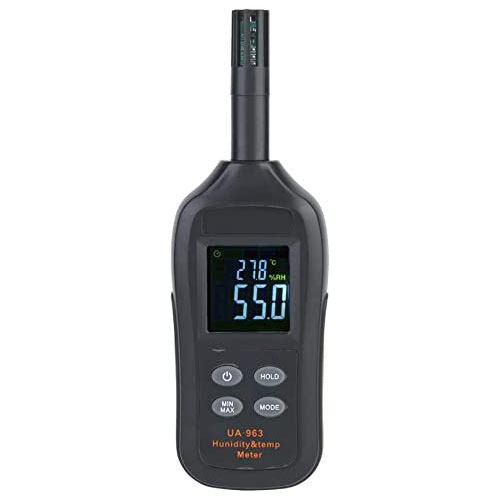
e.g. digital thermo-hygrometer
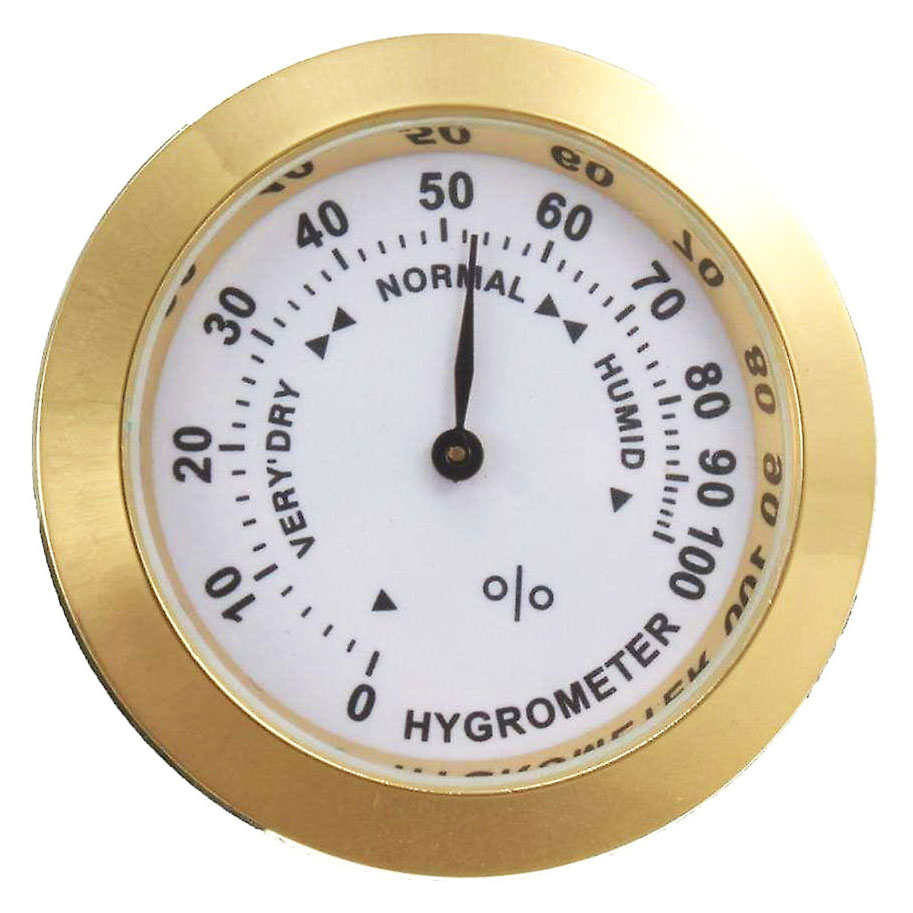
e.g. analogue hygrometer
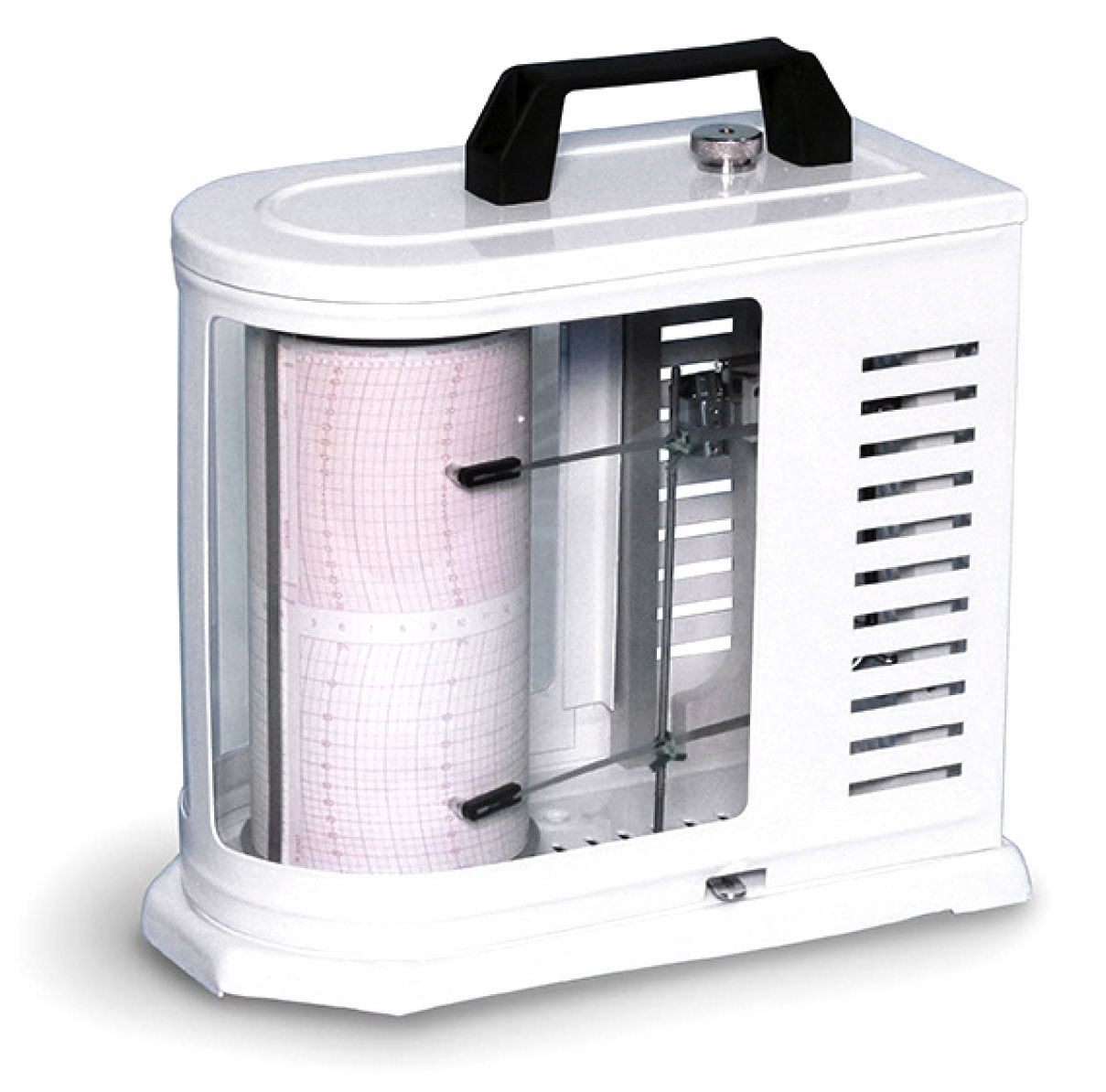
e.g. drum thermo-hygrograph
A thermo-hygrometer is an instrument that allows us to measure temperature and relative air humidity, i.e. the ratio between absolute humidity (water vapour in the environment at a given time) and saturation humidity, i.e. all water vapour that may be present in a given environment and at a given temperature. A hygrometer, on the other hand, only measures humidity.
Especially during winter time, when rainfalls are frequent and temperatures are lower, it is crucial to use hygrometers to identify the air humidity ratio, both at home and at the workplace, in order to take measures for a healthy and safe environment.
A high humidity ratio may result in an increased risk of diseases, fungi or moulds, due to an easier spreading of bacteria or pathogens. Likewise, a low humidity ratio may cause allergies, coughing, and congestion.
Using hygrometers is also essential in manufacturing environments to keep under control the temperature and humidity ratio of environments such as food storage rooms or rooms where specific manufacturing processes take place, and maintaining adequate air parameters secures the proper conservation of goods, prevents their deterioration and ensures they are processed according to the required standards.
Thermo-hygrometers and/or hygrometers are used in many production fields, such as pharma and food industries, research and development labs, and, more generally, in any field requiring a controlled environment.
When does a thermo-hygrometer need calibration?
In the absence of specific indications by the instrument manufacturer, the recommended calibration frequency is 12 months. Nevertheless, it is always best to examine the instrument’s drift during the initial calibrations, in order to define a calibration frequency that is more accurate and appropriate to the specific instrument, especially to its intended use.
How are thermo-hygrometers and hygrometers calibrated?
The calibration of thermo-hygrometers and hygrometers is performed in the relative humidity range from 10% UR to 95% UR, and for air temperatures ranging from –10°C to 90°C. The same range is used for instruments measuring air and dew temperatures. The output value of the relative humidity measurement is represented by the indication error of the calibrated hygrometer, calculated by comparing the calibrated hygrometer indication and the relative humidity values resulting from the ratio between the vapour partial pressure and the saturation vapour pressure obtained by measuring air and dew temperatures. The measurement of dew temperature is carried out with a sample chilled mirror hygrometer inside a climatic chamber where, at constant temperature, air is produced having the required humidity values. This comparison is performed at the isotherms required by the client. For the measurement of air and dew temperatures, the indication error of the calibrated instrument is obtained by direct comparison with the indication of the reference sample instrument.
Contact us
Request information about any calibration related to this new accreditation

